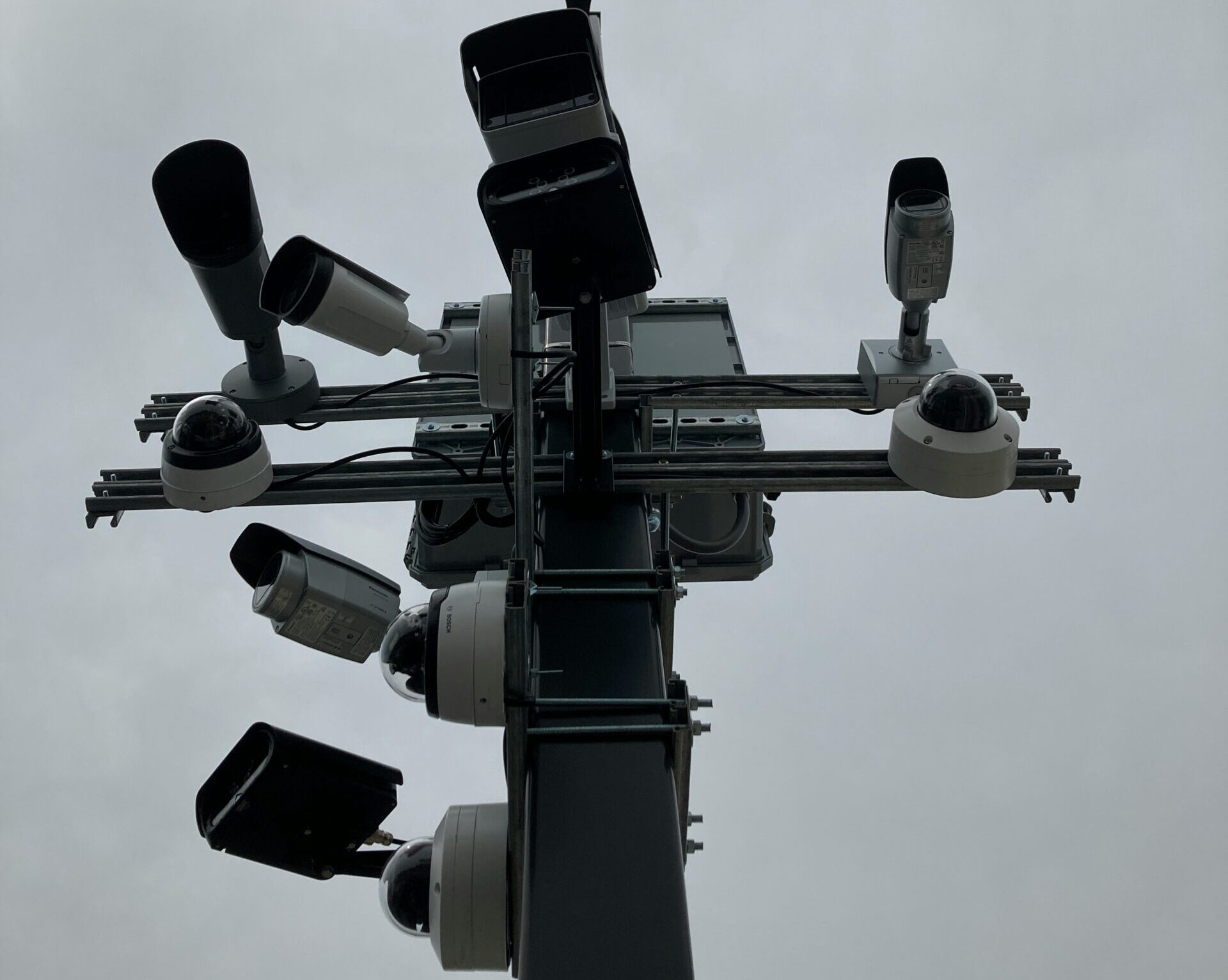In today’s fast-paced world, the need for real-time data has never been more crucial. Whether monitoring environmental conditions or tracking equipment performance, having accurate information at your fingertips can make all the difference. Enter Telemetryczny—a smart system designed specifically for remote measurement and data collection. This innovative technology is transforming how industries operate by enabling seamless communication between devices and central systems. If you’re curious about how this cutting-edge solution can elevate your operations, keep reading to explore its advantages, applications across various sectors, and much more!
What is Telemetryczny?
Telemetryczny refers to the advanced technology that facilitates remote measurement and data transmission. It encompasses a wide range of systems designed to collect information from various sources, such as sensors and instruments, without requiring physical presence.
At its core, Telemetryczny operates by converting physical parameters—like temperature, pressure, or humidity—into digital signals. These signals are then transmitted over distances via wired or wireless networks.
This technology enables real-time monitoring and analysis of crucial data points. Whether in healthcare for patient monitoring or in agriculture for crop management, Telemetryczny allows users to make informed decisions based on accurate information gathered remotely.
As industries continue to evolve towards automation and efficiency, understanding what Telemetryczny entails is essential for leveraging its benefits effectively.
The Advantages of Using Telemetryczny
Telemetryczny offers numerous advantages that enhance operational efficiency. One of the key benefits is real-time data collection. This allows businesses to monitor systems continuously, leading to quicker decision-making.
Another significant advantage is cost-effectiveness. By reducing the need for manual checks and interventions, organizations can save time and resources. The automation of data gathering also minimizes human error.
Scalability is another strong point of telemetry systems. As a business grows, these systems can easily adapt without requiring substantial infrastructure changes.
Moreover, telemetry enhances safety in various industries by providing critical information from remote locations. This helps prevent accidents and ensures compliance with regulations.
The integration capabilities with existing technologies make telemetryzny an attractive option for many organizations looking to modernize their operations while retaining some legacy systems in place.
Types of Telemetry Systems
Telemetry systems come in various types, each tailored to specific needs and environments. One common type is the wired telemetry system, which uses physical cables for data transmission. This option offers high reliability but may be limited in mobility.
Wireless telemetry systems have gained popularity due to their flexibility. They rely on radio signals or satellite communication, making them ideal for remote locations where installing wires is impractical.
Another category includes real-time telemetry systems that provide immediate data feedback. These are crucial in situations where timely decisions are necessary, such as monitoring sensitive equipment.
Batch telemetry systems collect and transmit data at scheduled intervals instead of continuously streaming it. This can help conserve energy and reduce bandwidth usage while still providing valuable insights.
Choosing between these types depends on factors like application requirements, environment, and budget considerations. Each system has its strengths suited for different scenarios.
Applications of Telemetryczny in Different Industries
Telemetryczny systems find extensive applications across various industries, revolutionizing how data is collected and analyzed. In healthcare, remote patient monitoring utilizes telemetry to track vital signs in real-time. This innovation allows healthcare providers to make timely decisions without needing patients in the clinic.
In agriculture, telemetry helps farmers monitor soil moisture levels and weather conditions from afar. This information optimizes irrigation practices and enhances crop yields efficiently.
The energy sector also benefits significantly from telemetry solutions. Utilities use these systems for smart grid management, enabling better resource allocation and reducing outages.
Transportation relies on telemetry for fleet management as well. Companies can monitor vehicle performance, fuel consumption, and driver behavior—all critical factors that contribute to operational efficiency. Even consumer vehicles benefit from ai vehicle technician capabilities to simplify vehicle maintenance, diagnostics, and repair.
Even in manufacturing, telemetry aids predictive maintenance by tracking machinery health through sensors. By addressing issues before they escalate into major failures, businesses save time and money while maintaining productivity.
How to Choose the Right Telemetry System for Your Needs
Selecting the right telemetry system requires a clear understanding of your specific needs. Start by identifying your goals. Are you monitoring environmental conditions, industrial processes, or health metrics?
Next, consider the types of data you wish to collect. Different systems excel in various aspects. Some focus on temperature and humidity, while others are designed for pressure or flow measurements.
Evaluate scalability as well. Will your requirements grow over time? Look for systems that can expand with your needs without significant upgrades.
Connectivity is another crucial factor. Ensure compatibility with existing infrastructure and communication protocols like Wi-Fi, Bluetooth, or cellular networks.
Don’t overlook user experience either; an intuitive interface makes it easier to manage data effectively. Budget constraints will play a role in making the best choice without compromising quality or functionality.
Challenges and Limitations of Telemetryczny
Despite its many benefits, Telemetryczny systems face several challenges. One significant issue is data security. As these systems transmit sensitive information remotely, they become targets for cyberattacks.
Another limitation is connectivity. Reliable internet access can be a hurdle in remote locations. Interruptions in communication can lead to gaps in data collection and analysis.
Additionally, the integration of telemetry with existing infrastructure may pose difficulties. Companies may find it challenging to align new technology with their current processes and tools.
Cost can also be a concern. While long-term savings are often realized, the initial investment for high-quality telemetry systems might deter some businesses from adopting this technology.
User training remains crucial. Employees must understand how to use these sophisticated systems effectively or risk underutilizing their potential.
The Future of Telemetryczny Technology
The future of Telemetryczny technology is poised for remarkable advancements. As industries embrace the Internet of Things (IoT), telemetry systems are evolving to become more interconnected and smarter.
With AI integration, these systems will analyze data in real-time, offering predictive insights that enhance decision-making processes. This capability can transform maintenance strategies across sectors, reducing downtime significantly.
Moreover, as 5G networks expand globally, telemetry devices will transmit vast amounts of data at unprecedented speeds. This development paves the way for applications previously thought impossible.
Sustainability is another focus area. Future telemetry solutions will prioritize energy efficiency and minimal environmental impact while providing accurate measurements.
As we look ahead, privacy concerns may shape how data is collected and shared. Striking a balance between innovation and security will be crucial to winning user trust in this high-tech landscape.
Conclusion
Telemetryczny systems are revolutionizing the way we monitor and manage data across various industries. Their ability to provide real-time information enhances decision-making processes and improves operational efficiencies. As technology continues to advance, these systems will likely become even more integral in our daily lives.
Choosing the right telemetry system can set businesses apart from their competitors. Understanding specific needs and evaluating options ensures that organizations benefit fully from this innovative technology. While challenges exist in implementation and maintenance, ongoing advancements promise solutions that will overcome current limitations.
The future of Telemetryczny looks bright with potential applications expanding into new sectors such as healthcare, smart cities, and environmental monitoring. As companies increasingly prioritize data-driven strategies, embracing telemetry systems may be the key to thriving in a digital landscape.
For anyone looking to enhance their operations or gain deeper insights through remote measurement, exploring Telemetryczny could bring substantial benefits.

